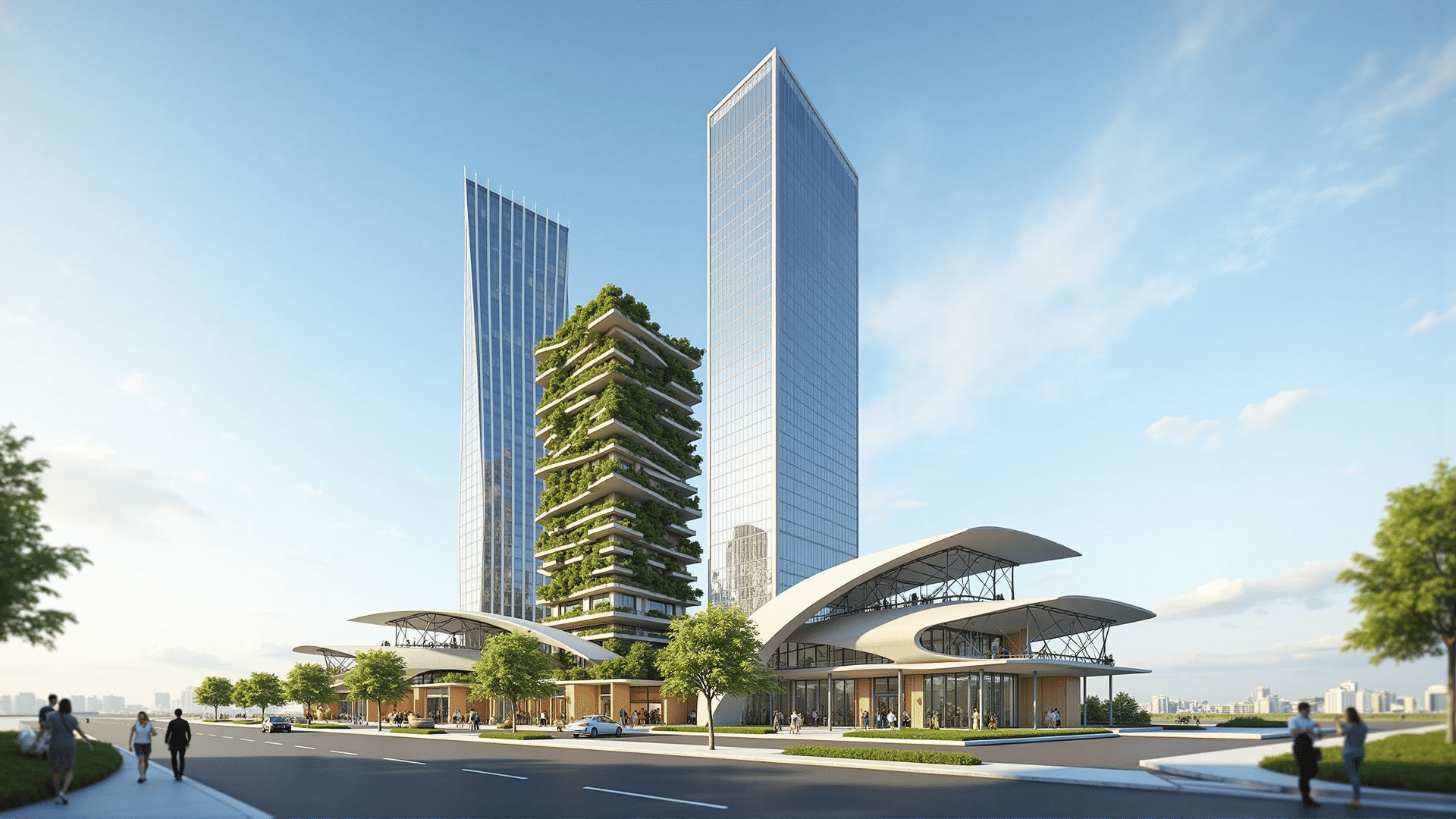As we move into 2024, the world of architectural design continues to evolve, embracing innovations that not only enhance aesthetic appeal but also prioritize sustainability and human-centric experiences. Here’s a glimpse of the top architectural design trends that are set to define the built environment in the year ahead.
1. Biophilic Design Evolution
The biophilic design trend is entering a new phase in 2024, aiming to reconnect urban dwellers with nature on an even deeper level. Contemporary designs are incorporating advanced green technology such as self-sustaining living walls, urban farms integrated into building facades, and rooftop gardens that are not just ornamental but functional ecosystems. This trend highlights the essential link between humans and nature, promoting mental well-being and encouraging biodiversity.
2. Adaptive Reuse and Sustainable Architecture
Environmental sustainability remains at the forefront of architectural design, with adaptive reuse projects gaining traction as a sustainable alternative to new constructions. Transforming old factories, warehouses, and even historic buildings into functional modern spaces reduces environmental impact while preserving cultural heritage. This practice is not only resource-efficient but also adds a layer of historical narrative to new developments.
3. Smart Buildings and Technology Integration
The integration of smart technology in architecture is advancing rapidly. Buildings are being designed with embedded sensors and IoT systems that optimize energy use, enhance safety, and improve the overall comfort for occupants. Predictive maintenance, intelligent lighting, and climate control systems work seamlessly to create more efficient and responsive spaces. As a result, smart buildings are becoming the norm rather than the exception.
4. Flexible and Multi-Functional Spaces
As lifestyles continue to evolve, architects are focusing on creating spaces that offer versatility and adaptability. The demand for hybrid spaces that can serve multiple functions is increasing. This is evident in residential designs where flexible walls allow rooms to be reconfigured easily, and in commercial architecture where shared spaces cater to both collaborative and private work environments.
5. Emphasis on Health and Well-being
Designs that prioritize health and well-being are becoming integral to architectural practices. Natural ventilation, abundant natural light, and the use of non-toxic, eco-friendly materials are essential components in creating healthier indoor environments. Architects are also integrating wellness spaces such as meditation rooms and indoor gardens to support mental and physical health within urban settings.
6. Minimalist Aesthetic with a Twist
While minimalism continues to be a popular design philosophy, 2024 sees a twist with the introduction of expressive forms and sculptural elements. Clean lines and simple forms are enhanced with unique textures, bold colors, and unexpected design features. This new approach to minimalism maintains the elegance of simplicity while adding layers of visual intrigue.
7. Focus on Local and Authentic Materials
There is a growing appreciation for the use of locally sourced and authentic materials. This trend not only supports local economies but also reduces the carbon footprint associated with transporting materials over long distances. Designers are also exploring materials that reflect regional identities, creating buildings that are not only functional but also resonate with their cultural and environmental context.
8. Modular and Prefabricated Construction
Modular and prefabricated construction techniques are gaining popularity due to their cost-effectiveness and reduced construction time. These methods enable architects to quickly adapt to changing needs while maintaining high quality and design integrity. With advancements in technology, modular constructions are now more aesthetically pleasing and versatile than ever before.
In summary, the architectural design trends of 2024 reflect a balance between innovative technology and time-honored principles, with a strong emphasis on sustainability, adaptability, and the well-being of occupants. As these trends unfold, they promise to reshape our spaces, making them more harmonious with the natural world and responsive to the challenges of modern living.
